Delving into the Scriptures, I’ve been captivated by the recurring mentions of owls across the Old Testament. These birds, often perceived with a mixture of awe and mystery, hold significant symbolic meanings within biblical lore. Owls, grouped among other birds of prey, are declared unclean in the Mosaic Law, making them forbidden as food for Israelites. This classification, detailed in Leviticus and Deuteronomy, underscores their predatory nature and the manner in which they consume their prey—factors likely contributing to their ‘unclean’ status.
Beyond dietary laws, owls are emblematic of more profound themes such as solitude, desolation, and divine judgment. The prophets Isaiah and Zephaniah use imagery of owls inhabiting desolate and ruined places to illustrate scenes of utter barrenness and divine retribution. For instance, Isaiah vividly describes owls dwelling in the desolate Edom, transforming it into a symbol of lasting desolation and curse.
Similarly, the prophet Jeremiah employs the presence of owls to signify the complete and eternal abandonment of Babylon, enhancing the theme of desolation with their mournful presence. In a more personal reflection of sorrow, Psalm 102 employs the owl to symbolize the loneliness and suffering of the psalmist, mirroring his distressed and withered spirit.
The haunting calls of owls also resonate through the prophetic lamentations of Micah, where their cries echo the prophet’s own mournful expressions of impending doom. This vivid auditory imagery enhances the somber, reflective tone of the biblical texts, bringing to life the emotional and spiritual desolation portrayed.
Interestingly, owls are absent from the New Testament, suggesting their symbolic use was particularly tied to the themes of judgment and desolation prevalent in the Old Testament narratives and prophetic books. This absence might also reflect a shift in thematic focus in the New Testament towards redemption and the establishment of a new covenant.
In conclusion, the owl in biblical literature serves as a powerful symbol intertwined with themes of uncleanliness, desolation, and mourning. These representations enrich our understanding of the biblical worldview and its complex interplay of nature, spirituality, and human emotion. As I reflect on these passages, the owl’s symbolic presence invites a deeper contemplation of the spiritual lessons embedded within these ancient texts.
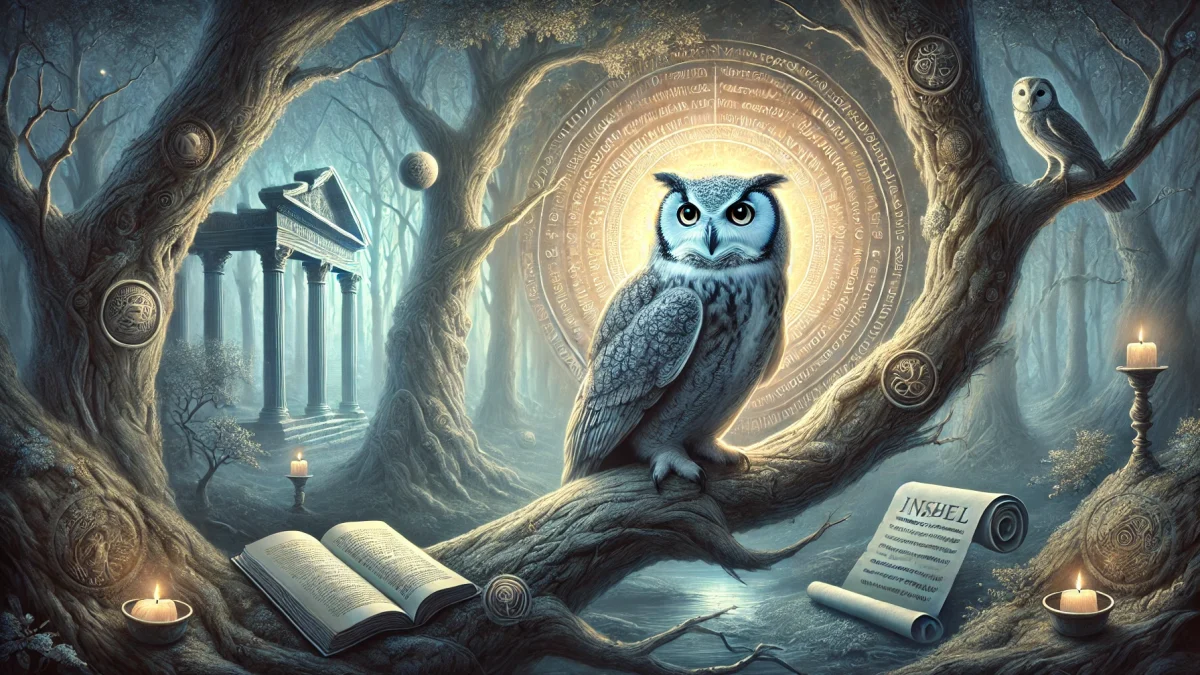

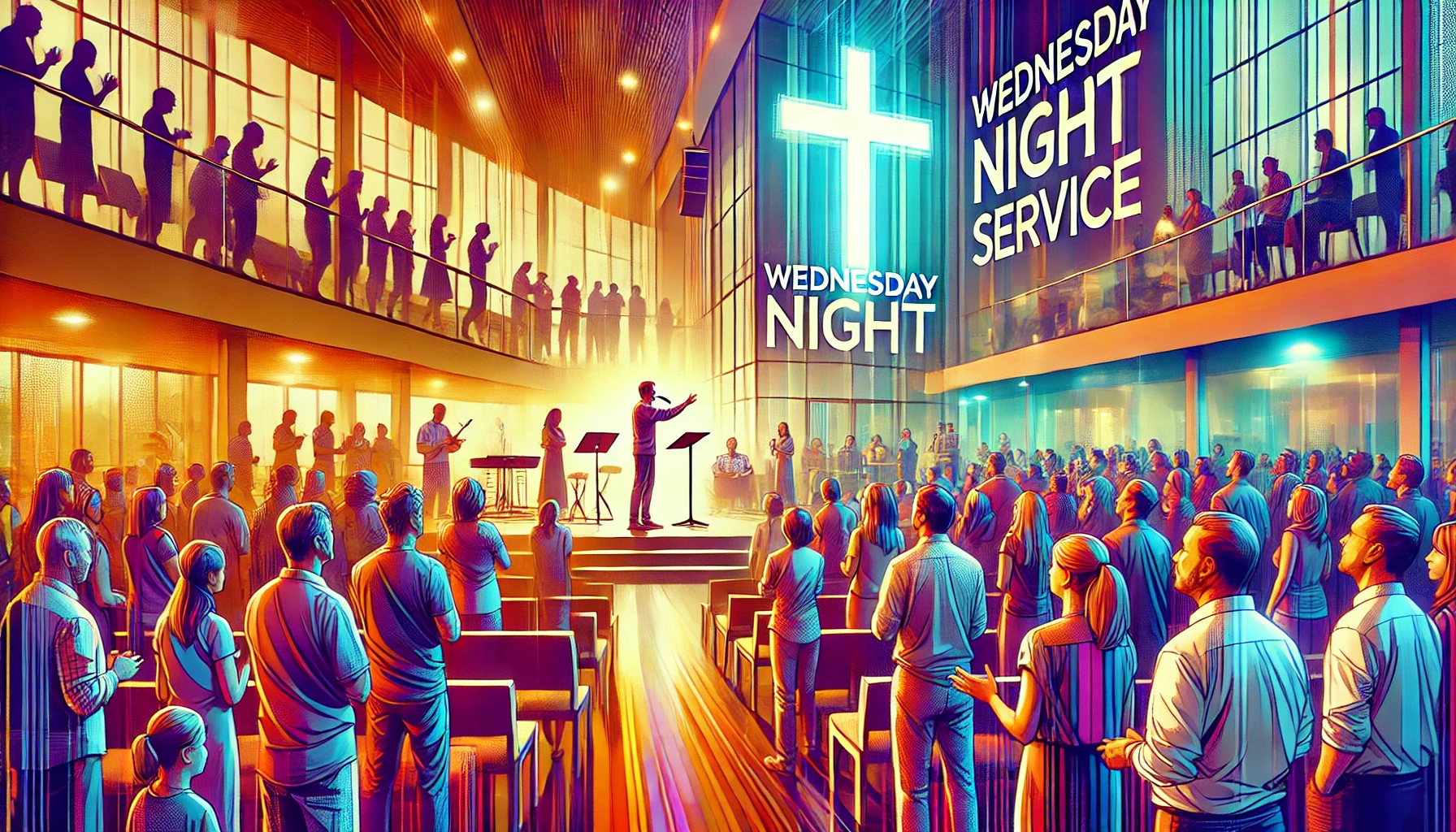
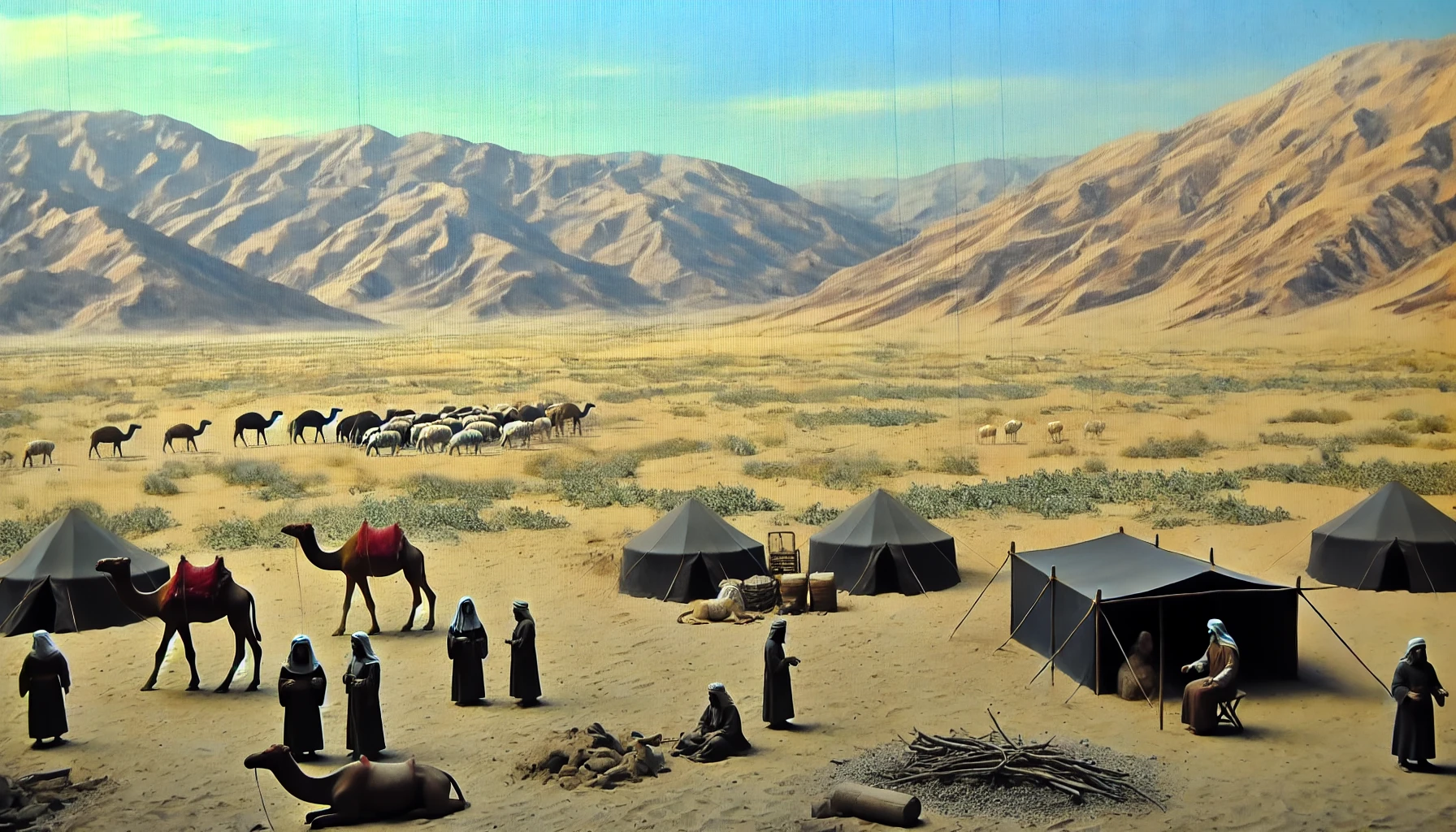
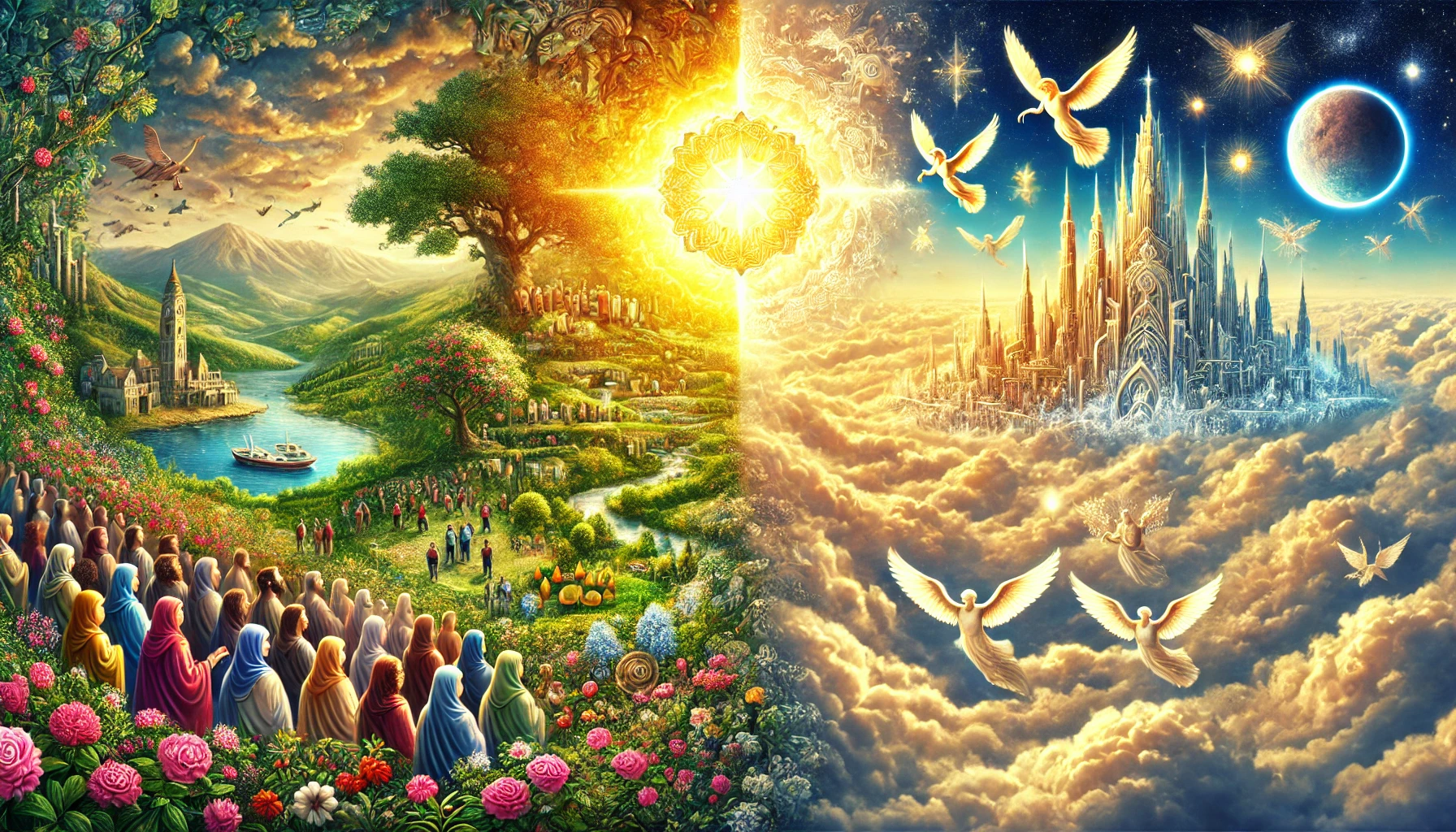
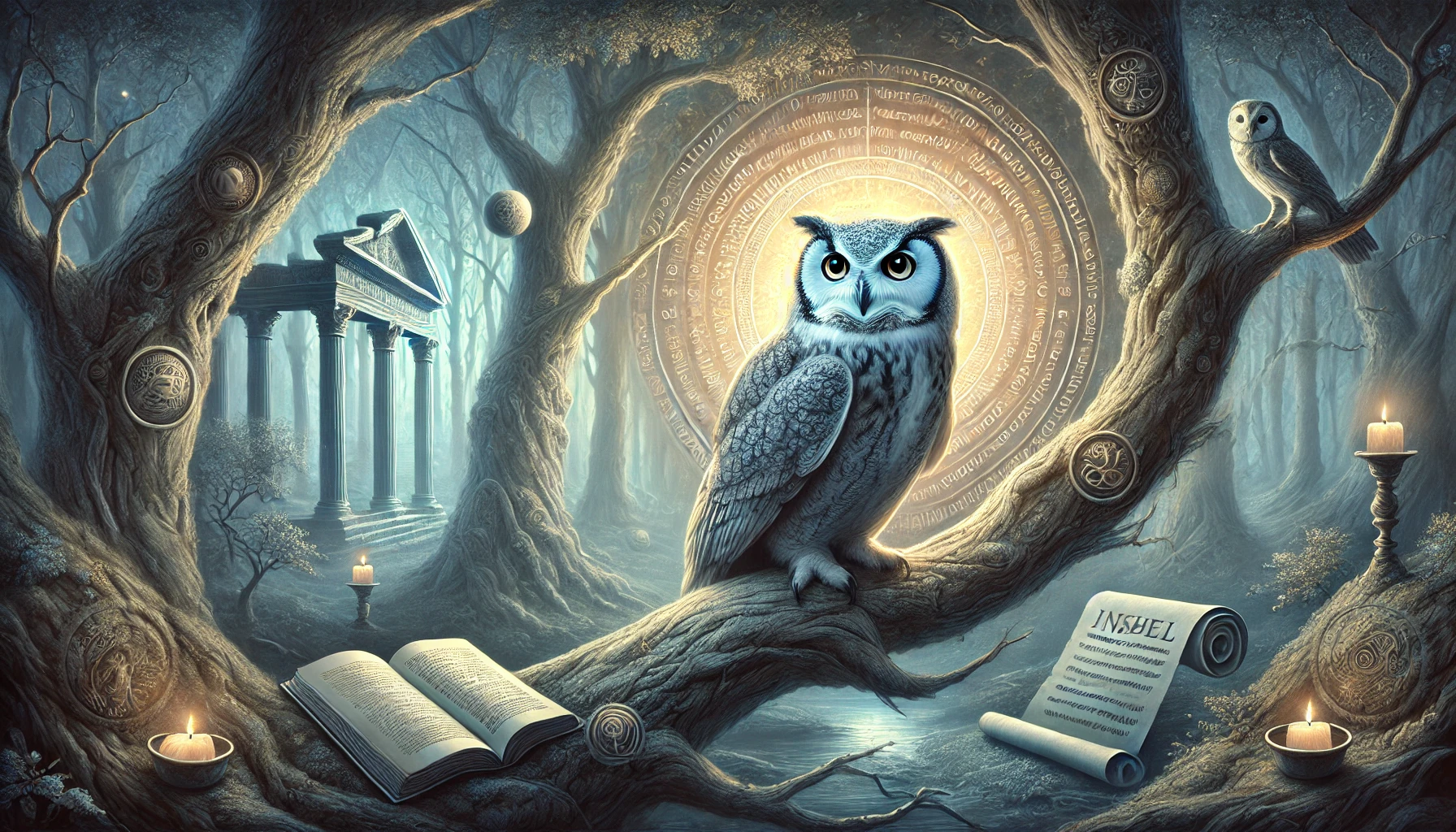
Leave a Reply